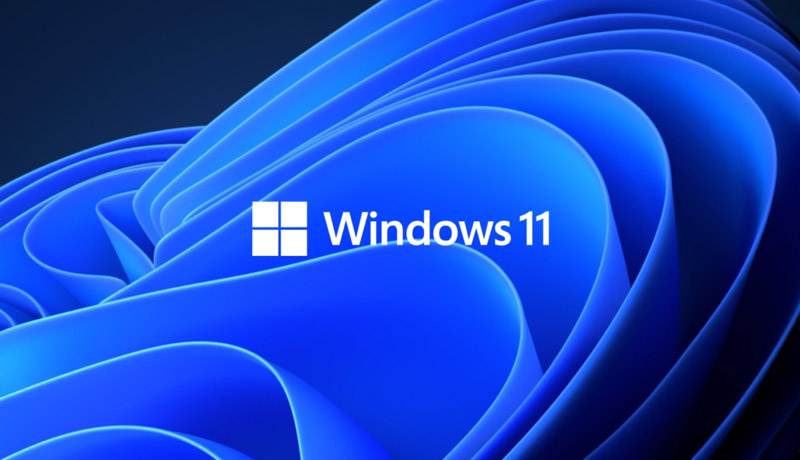
Microsoft’s Windows 11 will be officially rolled out as a stable update on October 5, this year. The company announced that qualified PCs would receive free upgrades to Windows 11 on October 5.
Windows, which was first released in 1985, is still an essential part of Microsoft’s business. Windows generated $6.6 billion in revenue in its fiscal fourth quarter, accounting for 14 percent of the software and hardware company’s overall sales. A successful rollout of Windows 11 might help Microsoft’s other businesses, such as Azure and Office, by securing the franchise’s future.
In a blog post, Windows marketing general manager Aaron Woodman stated that, as with previous upgrades, Microsoft would analyze on-device statistics and other variables to determine which devices will be offered the upgrade first.
When the upgrade is available, the Windows Update feature will alert users on Windows 10 with the essential components to run Windows 11. Users can also manually check if the upgrade is ready by going to “Settings > System > Windows Update” on their machines.
Woodman mentioned the Dell XPS 13, the HP Spectre x360, Lenovo Yoga Slim 7i Pro, and Microsoft’s Surface Pro 7 as examples of Windows 10 PCs that can be purchased today upgraded to Windows 11 later.
With rounded corners and app icons inside the taskbar’s centre, Windows 11 has a more modern appearance. The new sounds are intended to be less disturbing. The Start menu, the app store, and the Settings app have been overhauled, making it easier to arrange several program windows on the screen. Apps for Android will be available through Amazon‘s Appstore. The update comes as Microsoft faces increasing competition from Chromebooks, which run Google’s Chrome OS and can run Android apps.
Given the massive popularity of its predecessor, there’s no assurance that everyone will want to update to the new OS. Microsoft released Windows 10 in 2015, marking the most extended period since a Windows version has been on the market before being replaced. It has become the most used PC operating system globally, with 1.3 billion monthly active devices. Microsoft will maintain Windows 10 until 2025, and if your PC can’t run Windows 11 and you don’t want to buy a new one, it’s a good idea to stick with it.
Microsoft announced Windows 11 as a replacement to Windows 10 on June 24, and four days later made it accessible to Windows Insider testers. Microsoft has released seven incremental upgrades since then, all of which include bug fixes and feature enhancements. Now, Microsoft is ready to release a final version of Windows 11 to a more significant number of users and have PC manufacturers begin to sell new PCs that run the os.
Last week, Microsoft said that Windows 11 would be supported on a wide range of PC processors, including Intel chips, from as early as 2016. According to Woodman, Microsoft aims to provide a free upgrade to all devices that meet the Windows 11 criteria by the middle of 2022.
